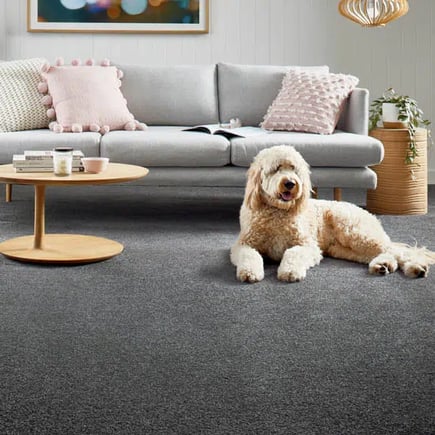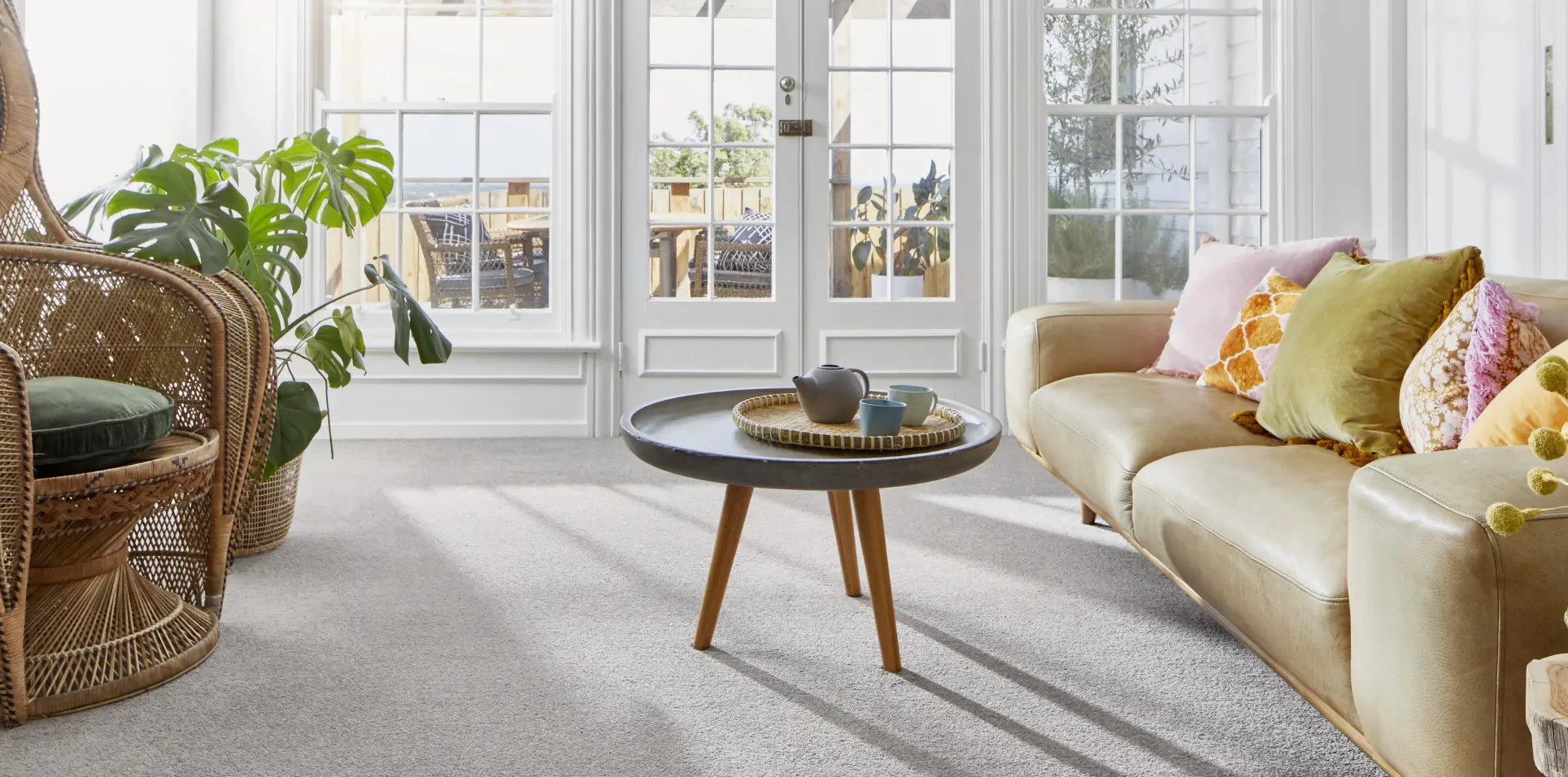What sustainable colours are trending?
Updated:
Published:
Approximate Read Time: 4 Minutes
Colour is a powerful tool of communication, especially with the human brain. The Artist Pablo Picasso once said, "Colours, like features, follow the changes of the emotions". The Colour of a room can decide the mood or feel of the space. It is essential to choose an appropriate colour to maintain a particular tone for the space and work that will be done. Changing a room's Colour from Beige to Red can change a person's behaviour if he spends more time inside the room. The same applies to flooring Colours as well.
This blog will explain the importance of Colour on flooring, modern concepts and eco-friendly flooring options.
Importance of Colour on Floors:
The Colour on a floor not only depicts the personality of the space owner but also influences the overall design, look & feel of the space. Colours such as Grey, White, and Beige can be more subtle on the eyes and help the house look more comforting and homely. Black and Gold can spread a luxurious feel, and Orange and red can give a warm feeling to your home. Brown, or the timber look that is most commonly used on floors, shares a sense of comfort and security.
Modern flooring concepts:
Three major trending flooring concepts used in 2023 are Hardwood floors, Tile Flooring, and Carpet Flooring. The colours and pattern choices help the new flooring look trendy. The top hardwood floors are pale pine or espresso-coloured.
Tile flooring colour trends are natural stone look tiles, Wood look tiles, large format tile floors, marble mosaics, porcelain Penny, Checkerboard, and Zellige tiles.
Carpets are changing from old grey to modern beige, yellow, and warmer colours in homes, and more bright colours, such as blues and greens, are seen in office spaces.
Eco-Friendly Flooring:
For over a decade, the flooring industry has been working on developing environmentally safe products, which also have long lives like the existing products available in the market. Sustainability is crucial in today's modern flooring because people worldwide are becoming more eco-friendly. The switch is possible now due to the availability of options like Organic carpets, hardwoods made from bamboo and eucalyptus, and Linoleum.
Carpets are generally made from nylon or polyester synthetic fibres, but organic carpets are made from natural wool. They are more spill or stain-resistant, so they are long-lasting and cause limited environmental damage during raw material collection.
For more on Sustainability, check out our blog post:7 Tips for Choosing Sustainable Flooring: A Dive into Sustainability.
Important Factors When Choosing Sustainable Flooring:
Red free list –
The raw materials by which they are made matter the most. The carpets not on the red-free list might not be environmentally friendly and involve harmful manufacturing processes etc. The products in the list address questions such as product origin and what the product is made of. Is the product recyclable? And does the product have any toxic substances? To lead the way, Godfrey Hirst has a range of carpets that are officially certified Red List free.
Pet-friendly carpets –
House pets are common these days, and their well-being is essential for people living with their pets indoors. With pets in mind, Redbook Green has developed Triexta carpets that are stain-resistant, have extra-durable molecular springs, and are easy to clean with just water. The carpets emit 63% fewer greenhouse gasses during production.

Climate active carbon neutral –
Signature floors are certified carbon-neutral climate-active organizations. They constantly work on improving the sustainability of the manufacturing process by reducing carbon footprint content. They focus on balancing customer needs and environmental betterment by adopting the latest sustainable technology.
Recycling Raw Materials-
Quickstep pioneers in Circular economy. Constant use of new raw materials is not s sustainable form of manufacturing. Quickstep reuses raw materials from flax straw to recovered wood. The wood gets a second life through this process and creates unique designs with small timber pieces considered waste. The art of recycling raw materials is the eco-friendly way to use existing materials.
When choosing a particular colour for flooring, it can take time to settle for the best one, but it is always good to know what colours match the overall look and design of the flooring space. When choosing between the different types of available flooring options, the sustainable option is the most eco-friendly and long-lasting option that can also be recycled in the future.
Your local Floorworld Store can help you choose the type of flooring that would suit your needs.
Download our eBook for more information on how to choose your eco-friendly flooring.

